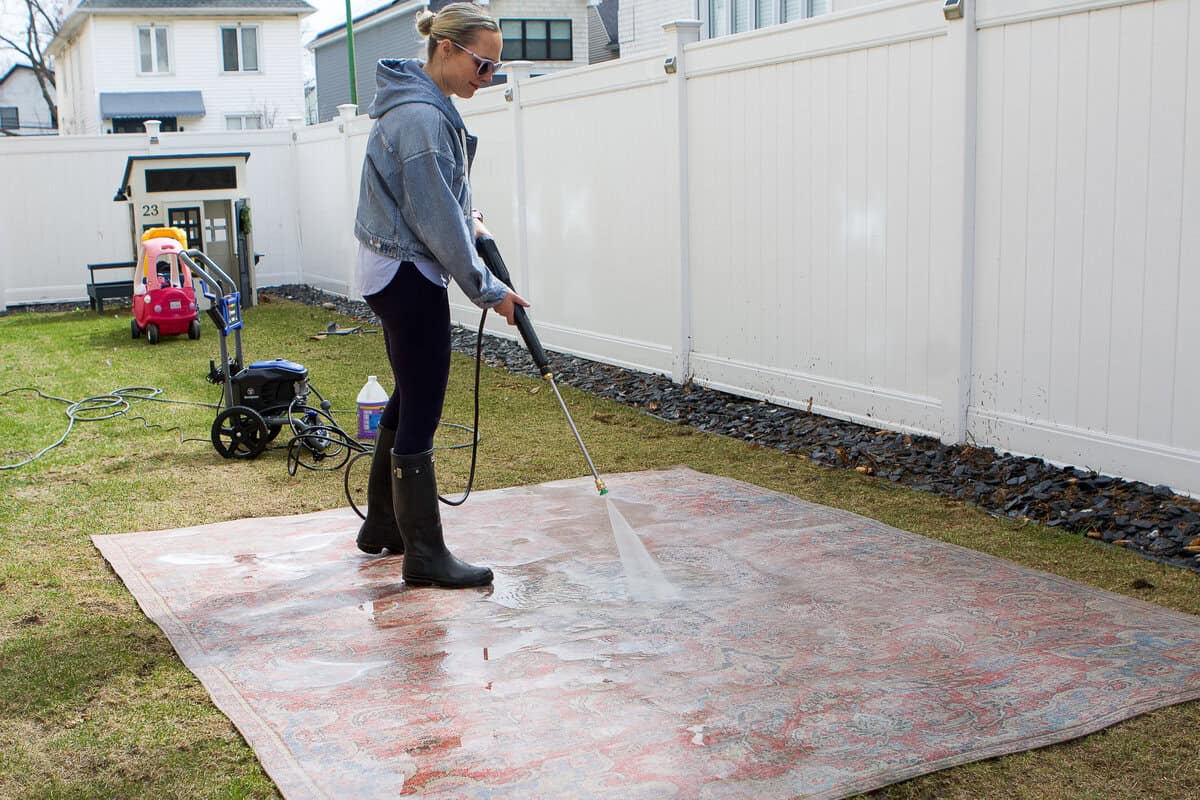
Starting a power washing business is exciting—but before you blast a customer’s vinyl siding or clean a fragile concrete driveway, you need to master your technique. Power washing may look easy on YouTube, but the real thing involves pressure control, angle precision, chemical mixing, and surface sensitivity.
Practicing before your first paid job isn’t just smart—it’s essential. Mistakes on your own property are learning experiences. Mistakes on a paying customer’s property? That’s a refund or a bad review waiting to happen. 😬
This guide walks you through where and how to practice your power washing skills safely and effectively, so you’re ready to impress on day one. 🧽💪
🛠️ Why Practice is Non-Negotiable
Here’s what can go wrong without proper practice:
- Etching concrete due to nozzle misuse
- Stripping paint from siding
- Overspray onto windows, plants, or vehicles
- Uneven cleaning patterns or “zebra striping”
- Damaging wood with too much pressure
- Mixing the wrong chemical ratios and killing plants or grass
Every mistake above can be prevented with just a few hours of structured practice. 🎯
🏡 Where to Practice (Legally and Safely)
Start with areas where no one will get mad if you mess up:
✅ Your Own Home or Driveway
- Try different surfaces (garage doors, patio, sidewalk)
- Test nozzles and patterns
- Get used to hose and cord management
✅ Friends and Family Properties
- Offer a free clean in exchange for the opportunity to practice
- Be honest that you’re learning—most people will appreciate the help!
✅ Local Nonprofits or Churches
- Many will gladly let you clean their walkways or siding for free in exchange for exposure or photos
🧠 Bonus: Take before-and-after photos and build your portfolio while you practice!
Browse Amazon Here For Top Rated Power Washers And Accessories
🚿 What to Practice: A Step-by-Step Breakdown
Here’s how to structure your practice sessions so you actually learn useful skills.
🎯 1. Nozzle Control and Pressure Testing
Start with different spray tips on various surfaces:
- 🔴 0° – NEVER use this on anything delicate
- 🟡 15° – Concrete and hard stains
- 🟢 25° – General cleaning
- ⚪ 40° – Vinyl siding, soft wood
- ⚫ Soap nozzle – Detergent application
💡 Practice maintaining consistent distance from the surface (usually 8–12 inches).
🎯 2. Angle and Pattern Practice
Use a side-to-side sweeping motion and practice overlapping strokes by 50%. This reduces streaking and creates an even finish.
Try:
- Horizontal passes on vinyl
- Vertical passes on fences
- Circular motions with a surface cleaner
🧠 Watch out for “zebra striping”—it’s the biggest rookie giveaway!
🎯 3. Soft Washing Technique
Mix a basic solution of water and bleach (usually 3:1 water to sodium hypochlorite) and practice:
- Applying it with a soft wash system or downstream injector
- Letting it dwell for 5–10 minutes
- Rinsing thoroughly without using high pressure
Try this on:
- Fences
- Siding
- Gutters
- Soffits and fascia
🌿 Always pre-wet plants and rinse thoroughly afterward.
🎯 4. Surface Cleaner Handling
Surface cleaners are ideal for large flat areas like driveways and patios.
Practice:
- Keeping the cleaner level
- Managing hose movement so it doesn’t get tangled
- Adjusting your pace to avoid missed spots or swirling
🧠 Start with dry runs (no pressure) to get the feel for the weight and glide.
🎯 5. Chemical Mixing and Ratios
Practice safe chemical handling:
- Wear gloves and eye protection
- Mix your cleaning solutions using measuring cups
- Label your containers clearly
- Test on small areas first
Common chemicals to practice with:
- Sodium hypochlorite (bleach)
- Degreasers
- Oxalic acid (for rust)
- Surfactants (for clinging power)
📌 Never mix bleach with acids—it creates toxic gas.
🎯 6. Setup and Tear-Down Efficiency
Practice how you:
- Load and unload your equipment
- Connect hoses and power supply
- Prime the pump and start the engine
- Clean and store your gear after the job
🎯 The goal: Set up and break down in under 10 minutes.
🎯 7. Safety Protocols
Don’t skip practicing safety. Simulate:
- Slippery conditions
- Holding the wand with both hands
- Wearing full PPE
- Proper ladder placement (if applicable)
🔒 Solo practice is the best time to build good habits.
📸 Practice Portfolio Building
While practicing, take:
- Wide shots (entire surface before and after)
- Close-ups (showing detail of stains removed)
- Process shots (you in action with equipment)
Use these for your website, social media, or flyers.
🎯 Tip: Include your logo or uniform in photos for brand recognition.
📋 Make a Practice Log
Track your sessions like this:
- Date
- Surface type
- Chemicals used
- PSI/GPM used
- What went well
- What could be improved
🧠 Reviewing your notes helps you improve faster and spot patterns in your work.
🙅 What NOT to Practice On
Avoid testing your skills on:
- Luxury or historic homes
- Soft stone or brittle concrete
- Anything involving high ladders or roof work (until properly trained)
- Painted surfaces unless you’re 100% confident
⚠️ The last thing you want is to damage something before you’re even officially in business.
✅ Final Thoughts
Practicing your technique is the cheapest, safest investment you’ll make in your business. Before you ever hand out a flyer or respond to a quote request, take the time to:
- Learn how your gear works
- Understand surface sensitivity
- Build muscle memory
- Gain confidence with real surfaces
Remember: Sloppy work hurts your business faster than a slow start. Precision and professionalism start with practice. 🧼🎯🧠
Browse Amazon Here For Top Rated Power Washers And Accessories






